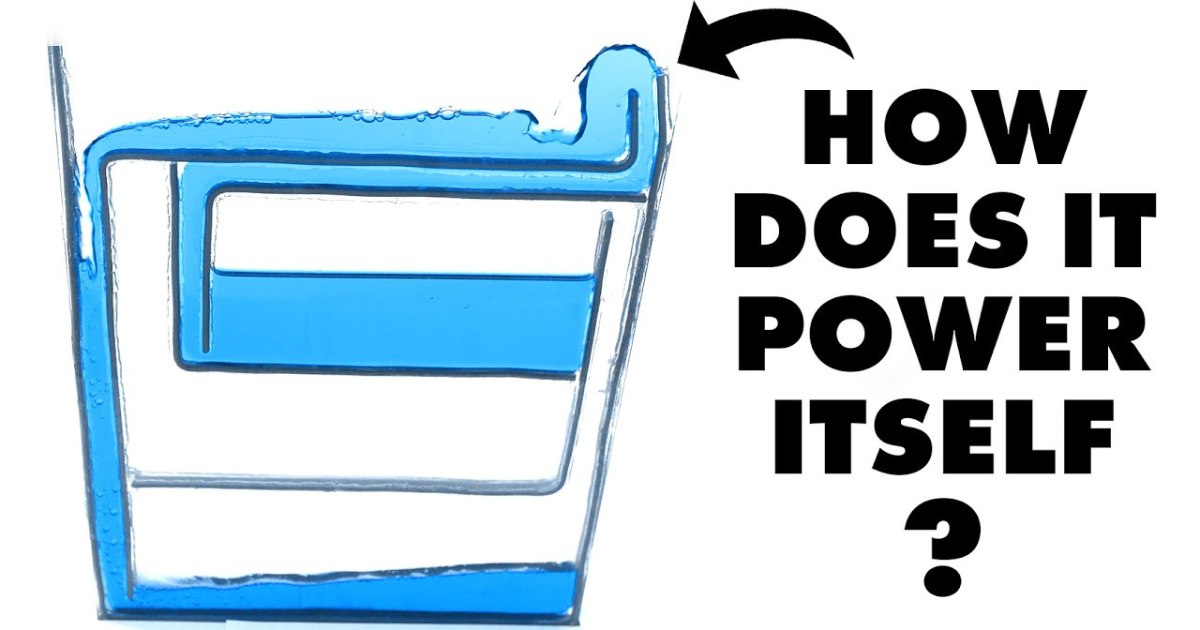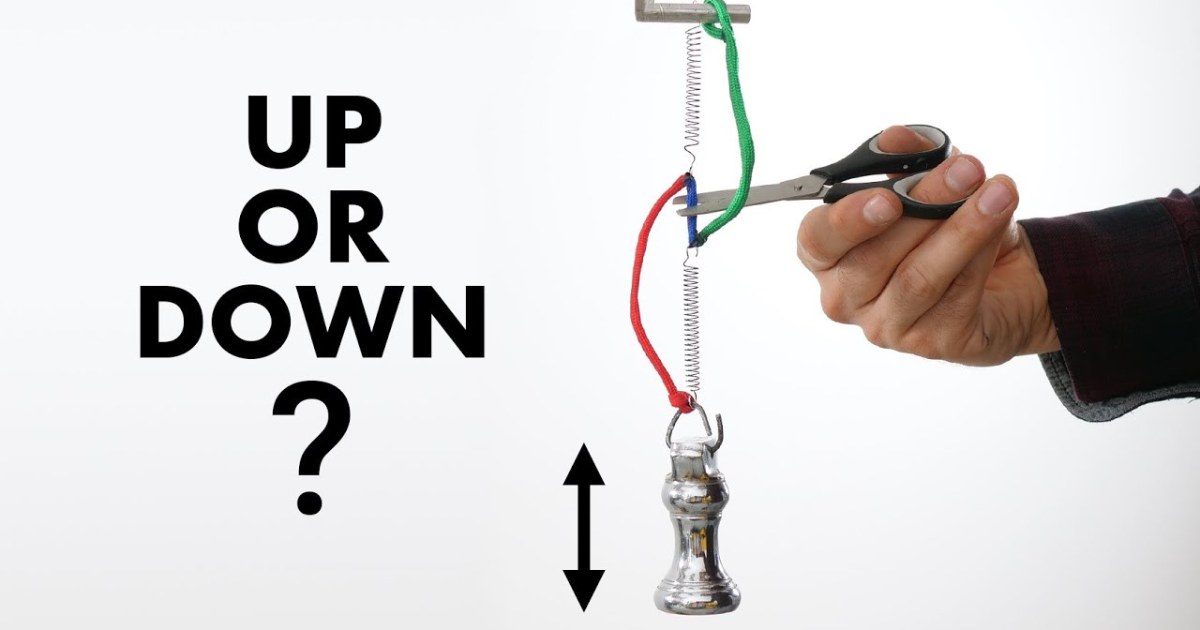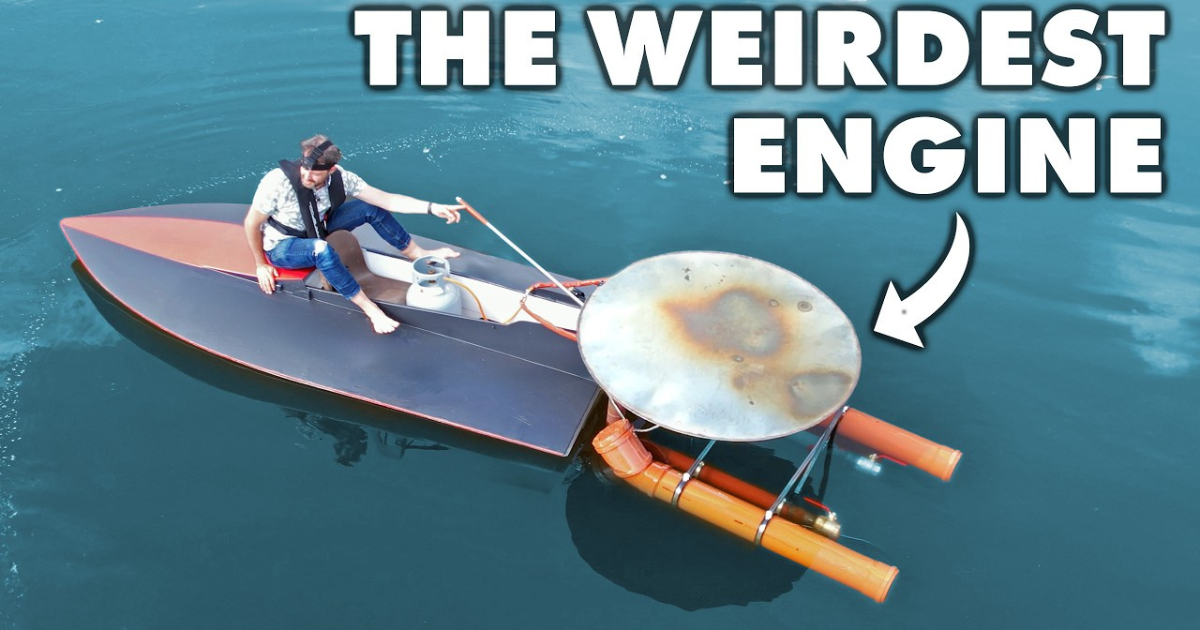
This article details the journey of a science communicator attempting to recreate the Cavendish experiment, a historic setup that demonstrates the gravitational attraction between small masses.
The Goal: Observing Gravity in Action
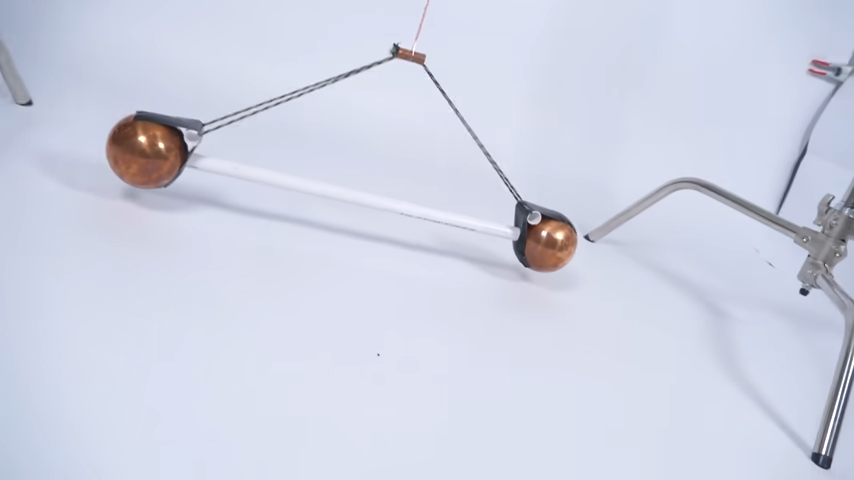
The video opens with the question of witnessing gravity acting between two objects in a room, excluding Earth’s influence. It then sets the ambitious goal of not only demonstrating this phenomenon but also potentially calculating the gravitational constant, Big G.
The Inspiration: Mr. Lund’s Experiment
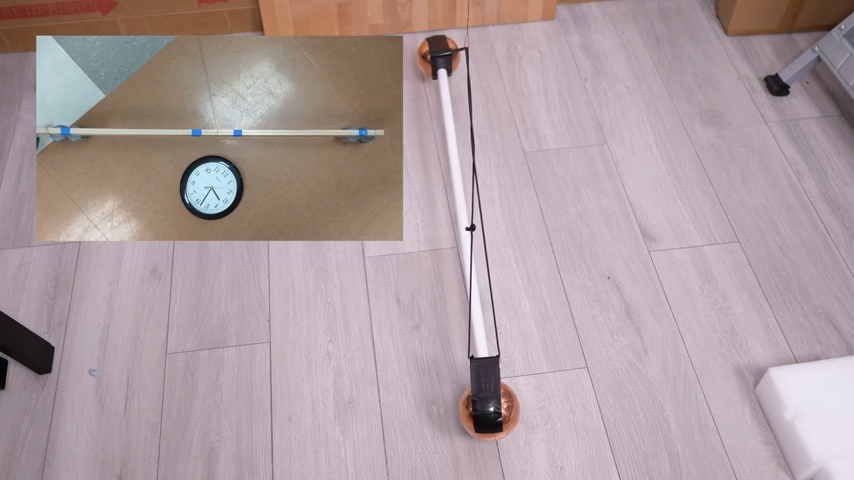
Inspired by a successful recreation of the Cavendish experiment on the “MrLundScience” channel, the presenter sets out to build his own setup. He constructs a torsion pendulum using suspended masses and introduces stationary masses nearby, aiming to observe the deflection caused by gravity.
The Disappointing Result: A Twist in the Tale
However, the expected deflection due to gravity is minuscule, estimated to be only 0.1 degrees. This small angle is practically invisible to the naked eye, rendering the experiment seemingly impossible to replicate with the available resources.
Investigating Discrepancies: Beyond the Expected
Further analysis reveals discrepancies between the presenter’s setup and Mr. Lund’s video, such as the distance between the masses and the stiffness of the torsion wire. Additionally, the possibility of external forces, like magnetism or electric charge, influencing the observed movement is explored but ultimately deemed unlikely.
Collaboration and Redemption: Witnessing the Success
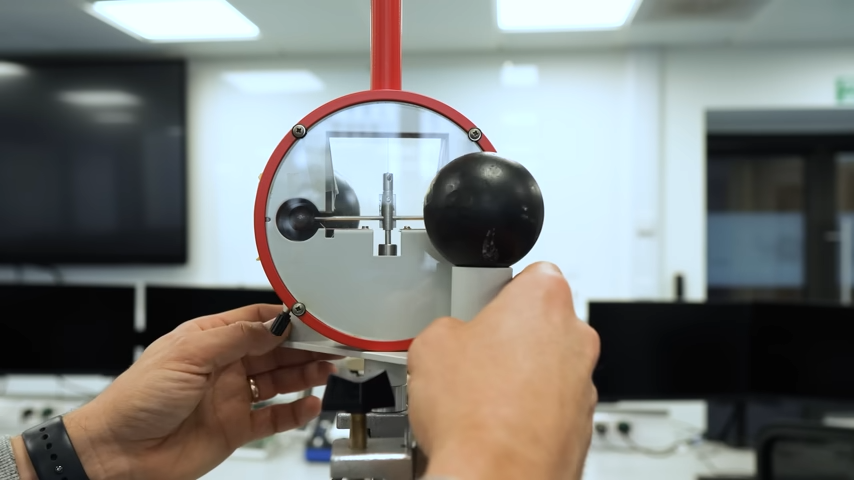
Despite the initial setback, the presenter collaborates with Imperial College London to access their sophisticated Cavendish experiment setup. This precisely designed apparatus allows for the crucial measurement of the deflection angle using a laser pointer and a mirror.
The Triumph: Observing Gravity and Calculating Big G
Finally, success! The video showcases the minute yet discernible movement of the laser pointer, indicating the gravitational pull between the masses. Furthermore, by applying the relevant equation and the measured values, the presenter calculates a value for Big G that is surprisingly close to the established value.
The Takeaway: Learning Through Doing
The video concludes with a personal reflection on the importance of hands-on learning. The presenter’s childhood experience with actively engaging in problem-solving through math workbooks is highlighted as a valuable contributor to his success in this experiment.
Beyond the Experiment: A Spark of Curiosity
The attempt to replicate the Cavendish experiment, while initially unsuccessful, serves as a testament to the spirit of scientific curiosity and exploration. It demonstrates the importance of critical thinking, troubleshooting challenges, and seeking external expertise when needed. The presenter’s openness to sharing his thought process, calculations, and even failures encourages viewers to engage with the scientific process and fosters a deeper appreciation for the complexities and rewards of scientific discovery.
This journey not only demonstrates the power of scientific inquiry and collaboration but also emphasizes the significance of active learning and the satisfaction of achieving a challenging scientific goal.


